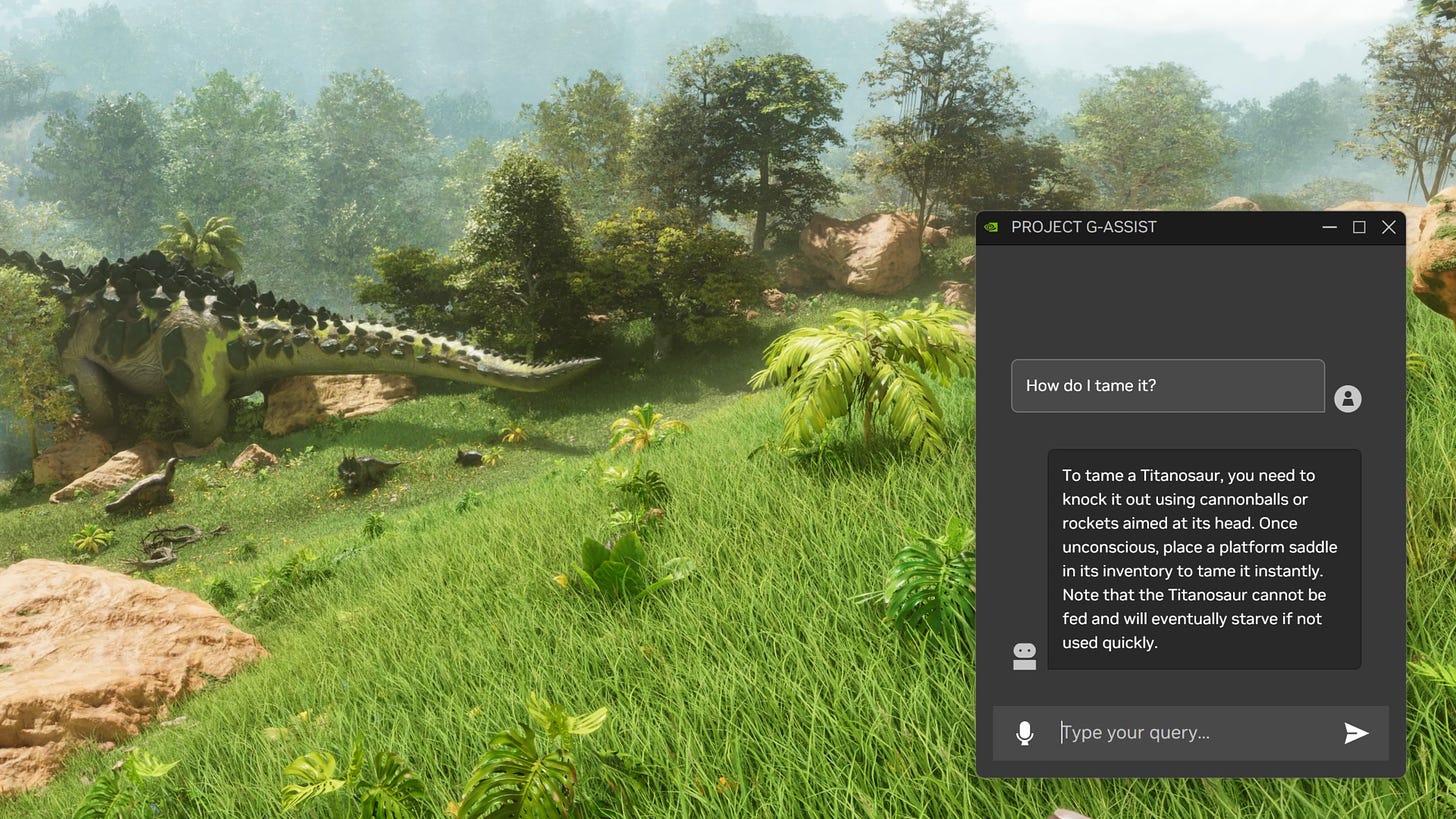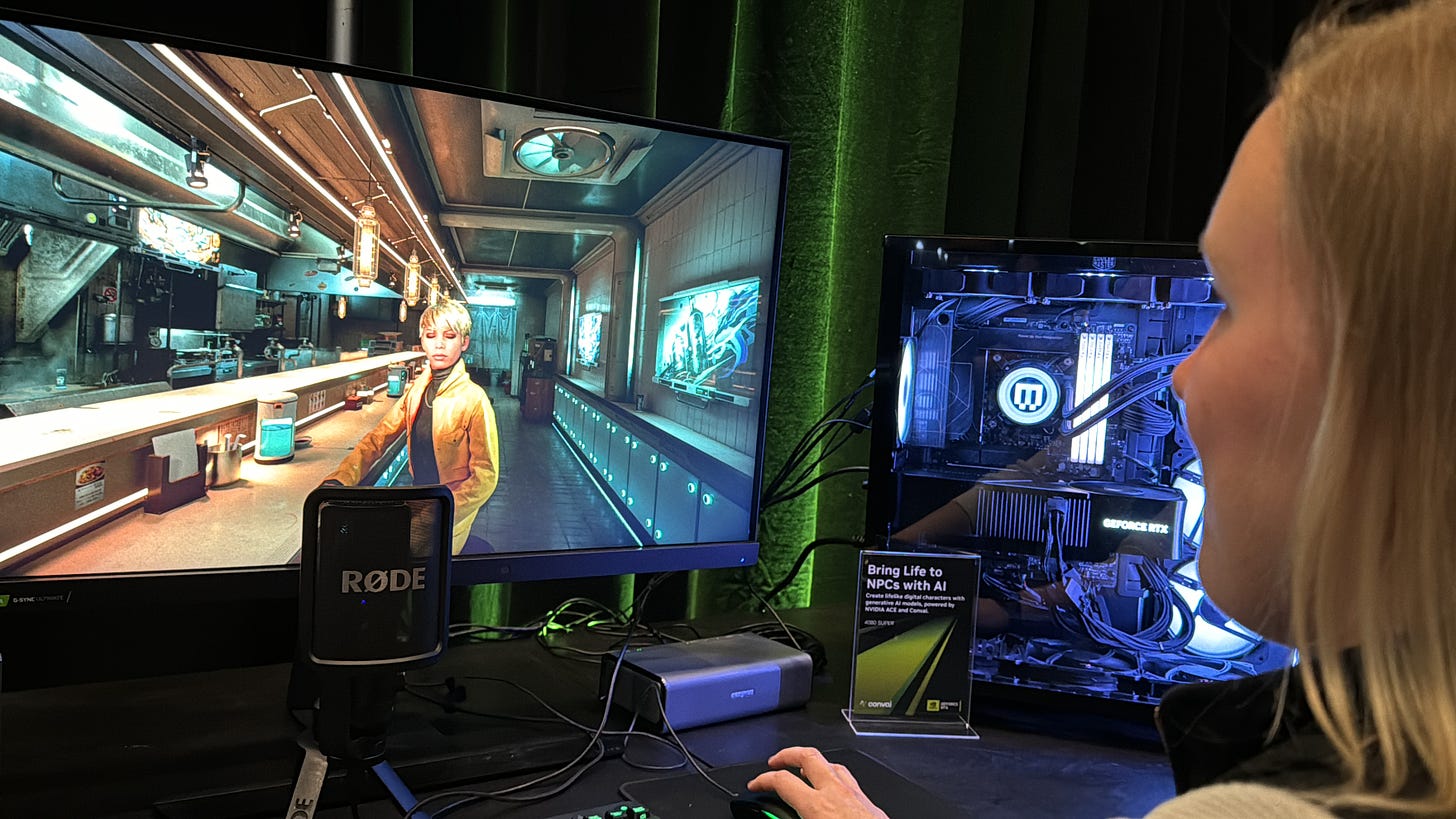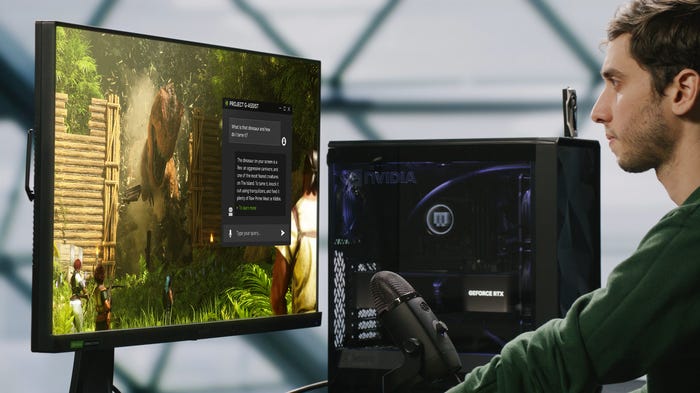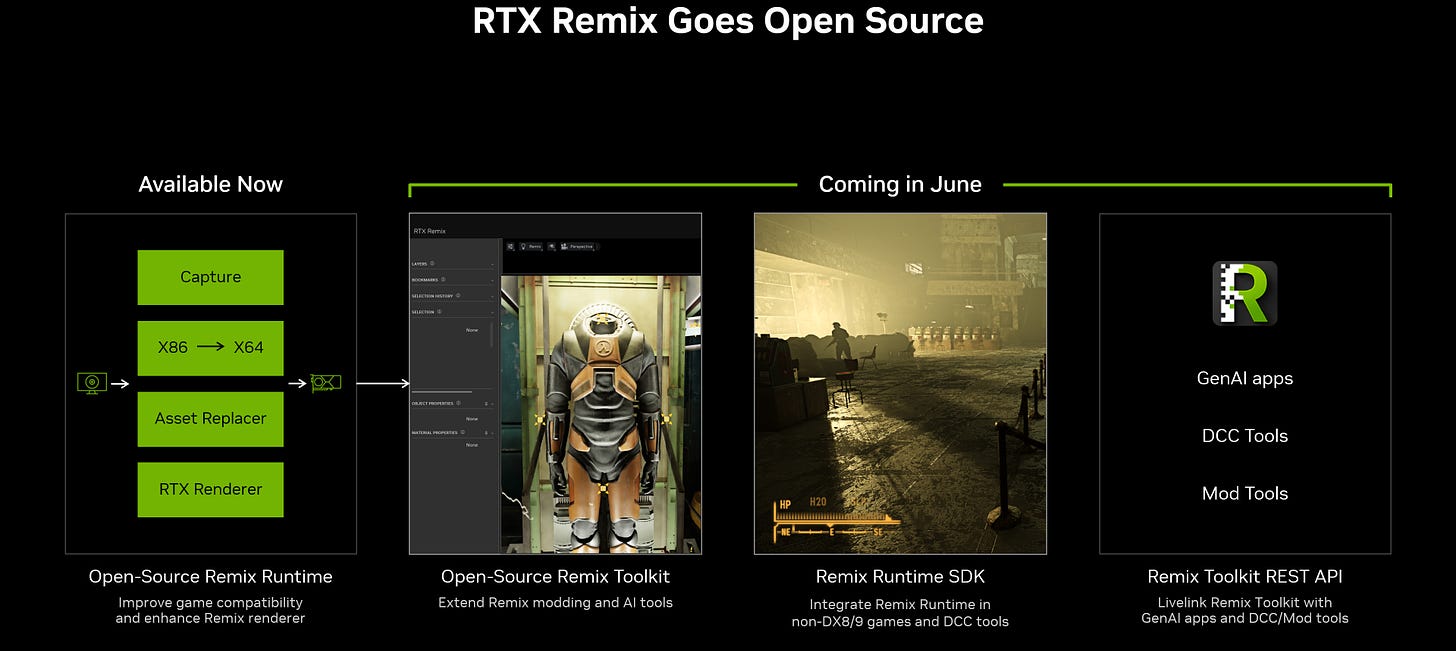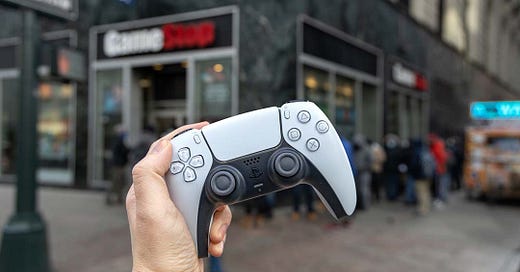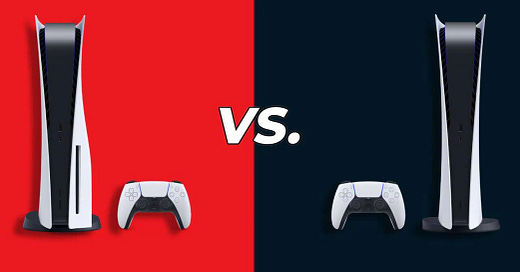
Nvidia Project G-Assist is real and it uses AI to help you play games
Nvidia also announces more AI NPCs, ‘smaller’ GPUs, and more
Project G-Assist is a not-so-new Nvidia-powered AI gaming feature that started as a 2017 April fool’s joke, but it’s on its way to becoming a real feature. While Project G-Assist won’t be able to help you play a game while you eat pizza, it can help you get crafting materials or find new gear in ARK: Survival Ascended. Basically, Nvidia’s chatbot assistant AI can see what you’re doing on screen and help guide you on the game.
Alternatively, you could ask G-Assist to suggest graphics settings for better performance or even assist with overclocking your system. Nvidia also demoed its new service can provide users with PC latency charts or suggest users should take advantage of their 240Hz gaming monitor.
Nvidia ACE talking NPCs can now run on your gaming PC
Up until now, Nvidia has been running ACE (Avatar Creation Engine) on its data center servers to create AI-powered NPCs that can have a conversation with you on the fly – but soon they’ll be able to live on any old PC with an Nvidia graphics card.
This is huge as Nvidia ACE uses complex tools like Audio2Face to generate facial animations and lip syncing while Riva combines speech recognition with text-to-speech and neural machine translation to understand what users are saying back to the AI. With all of this running locally on GeForce RTX hardware instead of the cloud or ACE servers, it should help cut down on some of the lag we’ve experienced from ACE demos.
Nvidia-powered Copilot+ gaming PCs
While Qualcomm and Intel have been powering Copilot and Copilot+ AI features on Windows 11, Nvidia says it’s jumping into the ring soon. Nvidia announced it’s working with Microsoft to get Copilot runtimes to work with its GPUs. Nvidia teased a few select MSI and Asus (specifically TUF, Zephyrus, and ProArt) will be the first “RTX AI laptops.”
Nvidia also stated that all PCs (both laptops and desktops) with Nvidia’s discrete graphics are more than powerful enough to power Copilot+ features on Windows 11. The company explained users can squeeze anywhere from 200 TOPS from an RTX 4050 mobile GPU to more than 1300 TOPS from a desktop RTX 4090. Of course, we’ll have to see just how economical (or not) it is to run AI runtimes from a GPU instead of an NPU.
Nvidia’s (not-so) small GPU initiative
Graphics card sizes have ballooned in size to ridiculous proportions lately and now Nvidia hopes to put a damper on that with its new branding for “SFF-Ready Enthusiast GeForce Cards.” Basically, Nvidia has set forth a set of optional guidelines that small-form-factor graphic cards should be smaller than 304mm long, and 151mm wide. For those not familiar with metric measurements, that’s not small at all – there are plenty of 2.5-slot thick cards that fit into the new categorization.
What this new initiative does is simplify PC building for some people. Nvidia has produced a list of graphics cards that fit into its SFF specs and compatible PC cases that will work with any of the said GPUs.
Nvidia RTX Remix is going open-source
RTX Remix has helped breathe new life into games like Half-Life and Minecraft, now Nvidia is making its ray tracing SDK toolkit open-source. Nvidia is also upgrading its SDK to bring ray tracing to even older games beyond DX8 and DX9, and Nvidia demonstrated this with a screenshot of Fallout: New Vegas.
Additionally, users can link the RTX Remix tools to digital content creation tools like Blender, ComfyUI for generative AI, and modding tools like Hammer.
Kevin Lee is The Shortcut’s Creative Director. Follow him on Twitter @baggingspam.




